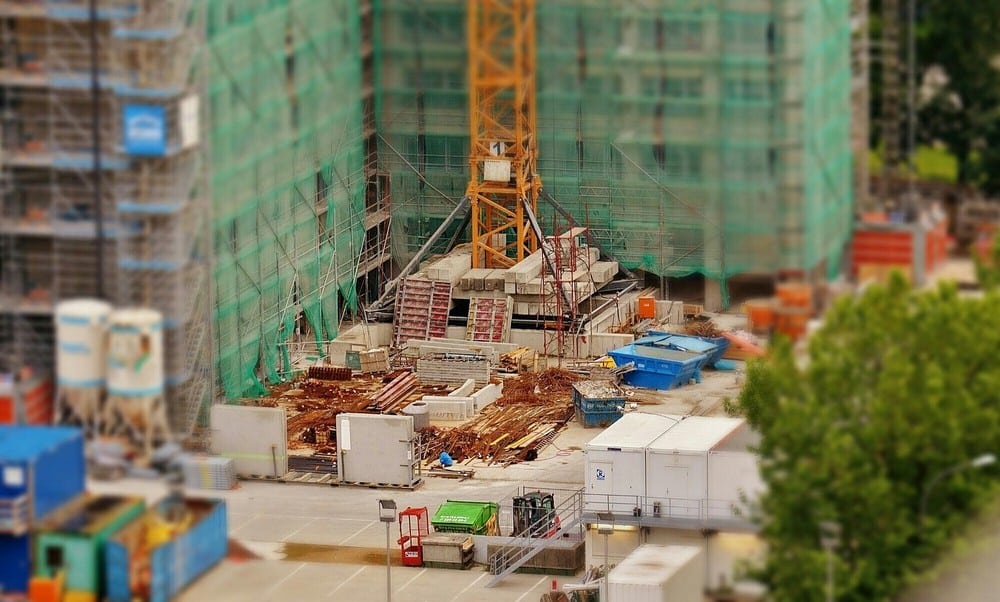
Construction sites are inherently dangerous environments, with numerous hazards that can lead to worker injuries. Unfortunately, many accidents occur due to a lack of safety protocols or inadequate enforcement of those already in place.
Thus, we want to explore some of the most frequent hazards on construction sites, such as falls from heights, machinery accidents, electrocution, and exposure to hazardous substances. We’ll also discuss why these dangers persist despite advancements in safety equipment and regulations.
Common Construction Site Hazards
Worker injuries on construction sites can have far-reaching consequences for the injured individual and the construction company. Physically, workers may suffer from long-term disabilities, loss of mobility, or chronic pain, which can hinder their ability to return to work. Financially, these injuries often lead to lost wages and overwhelming medical expenses.
Personal injury cases frequently arise from these incidents, where workers seek compensation for their pain and suffering, lost income, and medical bills. Navigating the legal complexities of such cases can be overwhelming, especially when dealing with serious injuries. It makes legal help for personal injury cases crucial for workers involved in construction accidents.
Thus, get legal help from a personal injury lawyer with experience handling such cases. These lawyers understand the complexities of workplace injury claims and have a proven track record in construction-related injuries to build a strong case.
According to AccelerateNow, a company that specializes in professional services for law firms to build trust and credibility, a quick online search can help workers connect with experienced lawyers in their geographical area. This step can make all the difference.
So, what are some common hazards that lead to these injuries?
Working at Heights
Workers who operate on scaffolding, ladders, roofs, or any elevated surface are particularly vulnerable. The unstable nature of these work areas and the risk of missteps or malfunctioning equipment make falls from heights a leading cause of injury on construction sites.
Falling Objects
Using cranes to lift heavy materials, improperly secured scaffolding, or tools and debris accidentally dropped from elevated areas are some scenarios that cause the danger of falling objects. Even small objects, such as bolts or handheld tools, can cause severe injuries when they fall from great heights. Larger objects, like beams or construction materials, can be catastrophic, leading to life-threatening injuries or fatalities.
Machinery Accidents
Heavy machinery like cranes, forklifts, and diggers plays a central role in construction. However, improper use, lack of training, or malfunctioning equipment can lead to accidents, with workers being struck, caught, or crushed by these machines.
Injuries resulting from machinery accidents can be severe and life-altering. Workers may suffer broken bones, amputations, or crushing injuries if caught between machinery and solid surfaces.
Electrocution
Electrical hazards can arise from several sources, such as faulty wiring, exposed live wires, overloaded circuits, or the improper use of electrical equipment. Workers operating near power lines or using electrical tools in wet conditions are at an even higher risk of experiencing electrical-related injuries. Common electrical injuries include electric shock, burns, and electrocution.
Trench Collapses and Confined Spaces
Excavation work and working in confined spaces, such as trenches, introduce another set of hazardous conditions on construction sites. For instance, trenches can collapse unexpectedly, trapping workers beneath tons of soil and debris. Additionally, confined spaces such as tunnels or tanks can pose risks of restricted airflow, leading to oxygen depletion or the buildup of hazardous gases.
The risks associated with these scenarios are severe and can include asphyxiation, where workers are unable to breathe due to a lack of oxygen or the presence of toxic gases.
Exposure to Hazardous Substances
Working with hazardous substances is another danger on construction sites. Chemicals, asbestos, and other toxic materials can be present in building materials or used during construction. These substances pose serious health risks when the site lacks proper containment or handling. Workers also come into contact with solvents, paints, adhesives, and other chemicals that emit harmful vapors.
Long-term exposure to these hazardous materials can lead to significant health problems. For instance, respiratory issues such as chronic lung disease, mesothelioma, or asbestosis can arise from inhaling toxic dust or fumes. Additionally, repeated exposure to certain chemicals can cause skin damage, burns, and allergic reactions. Some chemicals may even increase the risk of cancer over time.
Why These Hazards Persist
Despite advancements in safety equipment and regulations, construction site hazards persist for several reasons. One major factor is the lack of proper training and awareness among workers. In many cases, new workers may not fully understand the dangers of their environment, especially when it comes to handling heavy machinery, working at heights, or dealing with hazardous substances.
Another issue is the inadequate enforcement of safety regulations. Construction companies may feel pressured to complete jobs quickly, leading to rushed work and increased risk. Workers, too, may feel the need to skip safety precautions to meet deadlines, which can create a dangerous environment.
There is also the financial aspect. Some companies, such as smaller construction firms, may lack the budget to invest in state-of-the-art safety equipment or regular training programmes. It can result in outdated machinery, insufficient protective gear, and an overall disregard for safety standards.
Conclusion
Although construction sites are inherently hazardous, there are ways to maintain a safe environment. For instance, employers should enforce safety protocols, provide proper training, and ensure equipment is well-maintained and up to code. Workers, too, must stay vigilant, adhere to safety guidelines, and use the protective gear provided to them.








